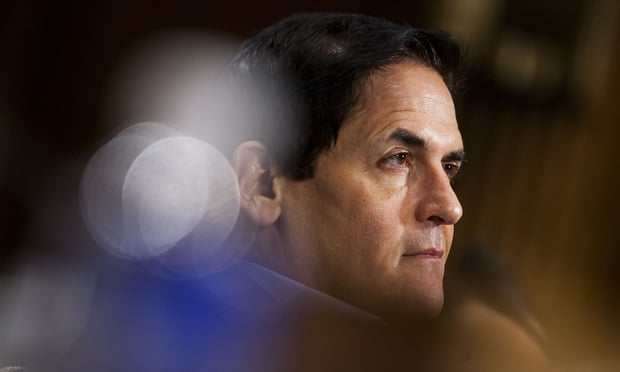 While the median monthly price of new cancer treatments has sharply increased since 1995, patients' median monthly income has essentially stayed flat. (Photo: Shutterstock)
While the median monthly price of new cancer treatments has sharply increased since 1995, patients' median monthly income has essentially stayed flat. (Photo: Shutterstock)
Patients are preoccupied with the financial burden of rising cancer care costs. Slightly more people were worried about the financial burden of care than about dying from cancer, according to a 2018 survey.
"So this is something that is really a concern for our patients," Dr. Fumiko Chino, a radiation oncologist at Memorial Sloan Kettering Cancer Center, said at the Advanced Topics for Oncology Pharmacy Professionals Summit.
Recommended For You
Chino knows firsthand about the devastating effects of financial toxicity. After her husband received a cancer diagnosis and throughout his treatment, they experienced the overwhelming burden of bills for his cancer care. Even after he died, she was hounded by debt collectors for the cost of his treatment, "and it's the reason why I went to medical school and the reason why I'm so passionate about the work."
The common misconception is that financial toxicity is simply high costs, but it's more than that. It is a patient-facing problem related to the cost of their care, and patients with cancer are more likely to face it. Even patients who have health insurance feel the burden and are left with debt.
Several factors drive financial toxicity:
Overall rising health care costs. In 1970, health expenditures were $74.6 billion but climbed to $1.4 trillion in 2000 and $3.3 trillion in 2015, Chino pointed out, adding that it's clearly "unsustainable."
More costs are pushed onto patients. While the median monthly price of new cancer treatments has sharply increased since 1995, patients' median monthly income has essentially stayed flat. In addition, many patients are underinsured, and the insurance they do have is not enough to pay for their treatment.
More people are being treated in the United States for cancer. Sometimes this increased treatment is not for their benefit, Chino said. There is overdiagnosis and overtreatment of diseases that ultimately may not affect a patient's mortality.
Clinical and technological advances. New medical technology is expensive but not always good quality or cost-effective. The clinical benefit of some new medications is "stagnant or decreasing," but costs continue to rise.
There are ways health systems can decrease cost without compromising clinical efficacy, such as through incorporating a pharmacoeconomic review when discussing formulary additions, understanding payer preferences, optimizing treatments when there are multiple indications and considering the use of biosimilars.
Moving toward value-based care requires creating consistent practices; providing better or best outcomes to patients; incorporating evidence-based practices; considering the total cost of care, not just the acquisition cost of the drug; providing innovative contracting; aligning prescribing with a strategic approach instead of one-off preference; and aligning the financial for patients and the organization to reduce spend across the health care system.
© 2025 ALM Global, LLC, All Rights Reserved. Request academic re-use from www.copyright.com. All other uses, submit a request to [email protected]. For more information visit Asset & Logo Licensing.








